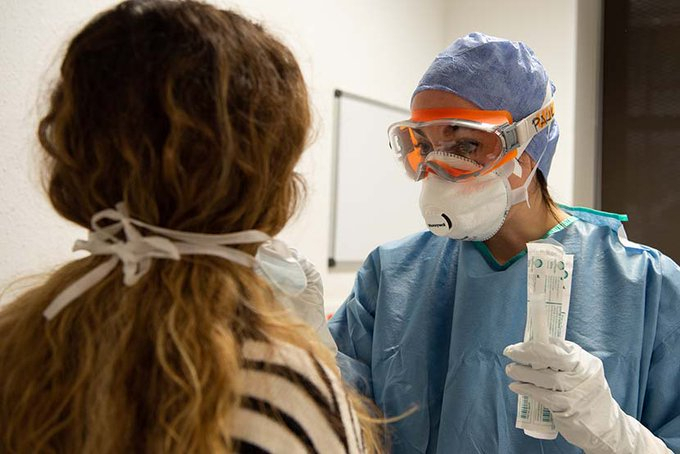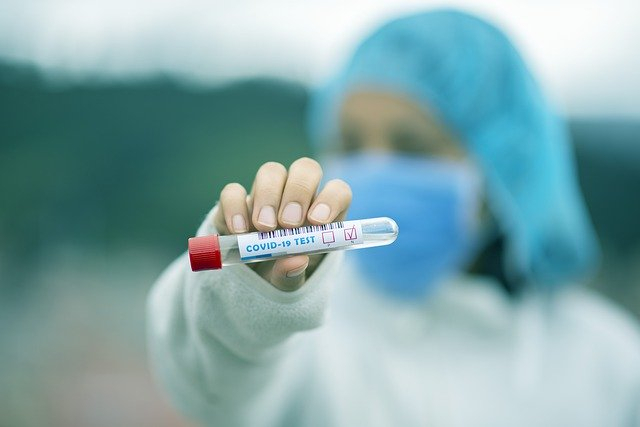Despite initial criticism about the Coronavirus testing in the U.S., the country has made a lot of progress in scaling up the testing abilities in May. But healthcare experts have raised questions that whether some of the testing data can really be trusted.
As per the data from the COVID Tracking Project, in the U.S., there were almost 380,000 tests a day over the week of May 14 which is still not the 500,000 a day that many experts say is necessary. But several states are, deliberately or not, inflating their Coronavirus testing numbers by including two different types of tests which as per the experts should be separated out.
As per the Atlantic, only a few states, including Pennsylvania, Georgia, and Texas are confirmed to be doing this. This is something that creates confusion and makes it hard to gauge whether these states are ready to reopen the economies.

States inflating Coronavirus Testing Numbers
The testing numbers are usually being measured based on the number of diagnostic tests on a daily basis. Diagnostic tests help to measure whether a person has COVID-19 in the system and is sick right at the moment of the test. Some of the states' counts include antibody tests, which check if a person ever developed antibodies to the Coronavirus to see if he or she has ever been sick in the past. This is a way for states to calculate the numbers but accuracy could be an issue as antibody tests are generally less precise, and timeliness.
The antibody tests can not reveal if someone is sick at the moment of the test which is different from diagnostic ones. Pia MacDonald, an epidemiologist at the research institute RTI International told Vox that "We need to understand that there is a new case of a new disease happening in our community," and added that "There are public health interventions that need to happen around that."
As per the experts, states should separate out diagnostic and antibody tests in their counts which can truly reveal the scenario of Coronavirus in regions. In this case MacDonald claims that "Both of [the tests] are useful, but you can't put them together."
It was reported by the Atlantic that Virginia was "blending the results of two different types of Coronavirus tests in order to report a more favorable result to the public." Later it was revealed that Georgia, Pennsylvania, Texas, and Vermont were also doing the same, as well as the country's Centers for Disease Control and Prevention (CDC) at the federal level. However, Virginia stopped mixing up the tests.
At a press conference with the governor, Vermont officials stated that "they didn't know they were -- they were just publishing numbers from testing sites that were adding em in," mentioned in a tweet.
It should be understood that by separating two tests, it will be easier for the states to isolate their Coronavirus preparedness in the present by counting their diagnostic tests, while separately pointing out the overall impact of COVID-19 on the state population via antibody tests. But the mix-up is making it hard to know if the states are really ready to reopen their economies.

Reopen America
Testing is the major part to ensure that the U.S. is ready to restart the engine and has control over the Coronavirus pandemic that infected 1,577,758 Americans and killed 94,729 people in the country.
Along with contact tracing, COVID-19 testing allows the officials in the U.S. to understand the scale of the outbreak in specific regions, isolate sick people, quarantine those who came in contact with infected people, and structure new strategies to safeguard the citizens. These two combinations- testing and contact tracing- helped countries like South Korea and Germany to control the outbreak and reopen the economies.
At this time when in one hand it can be noticed that the testing numbers in the U.S. seem to be improving, the issues related to the mix up of two different tests fuels questions like how much of that improvement is real and how can we be so sure that any particular state is ready to open.









